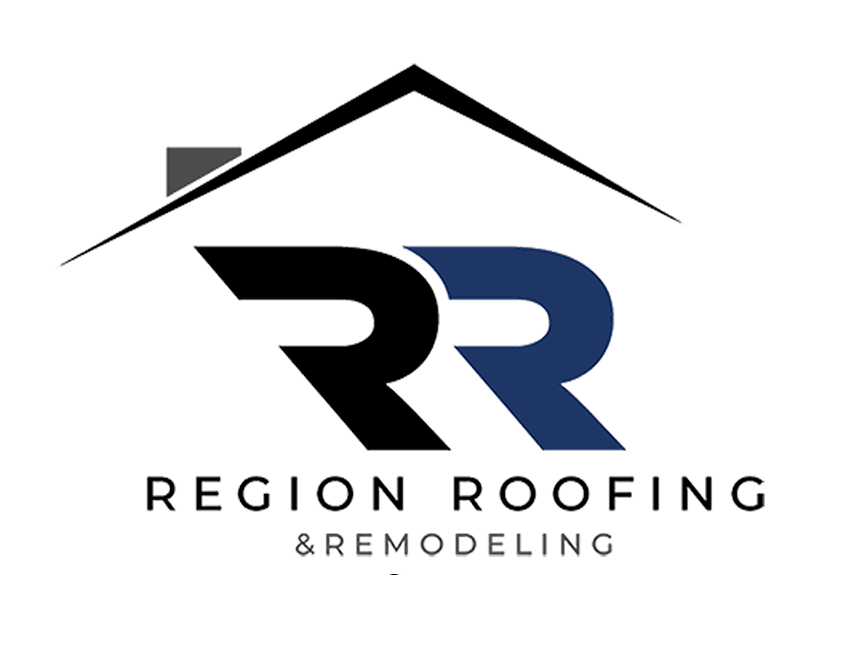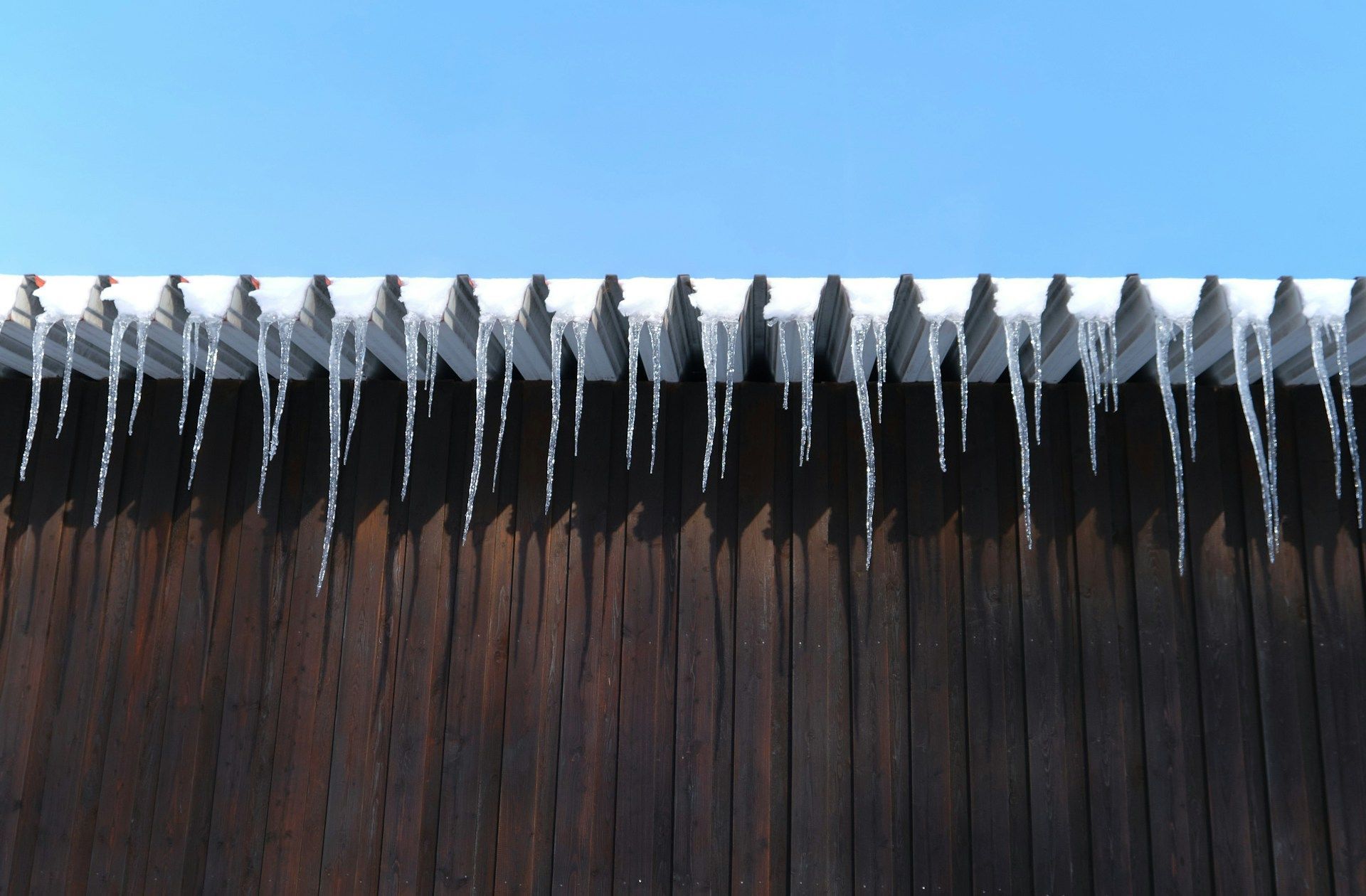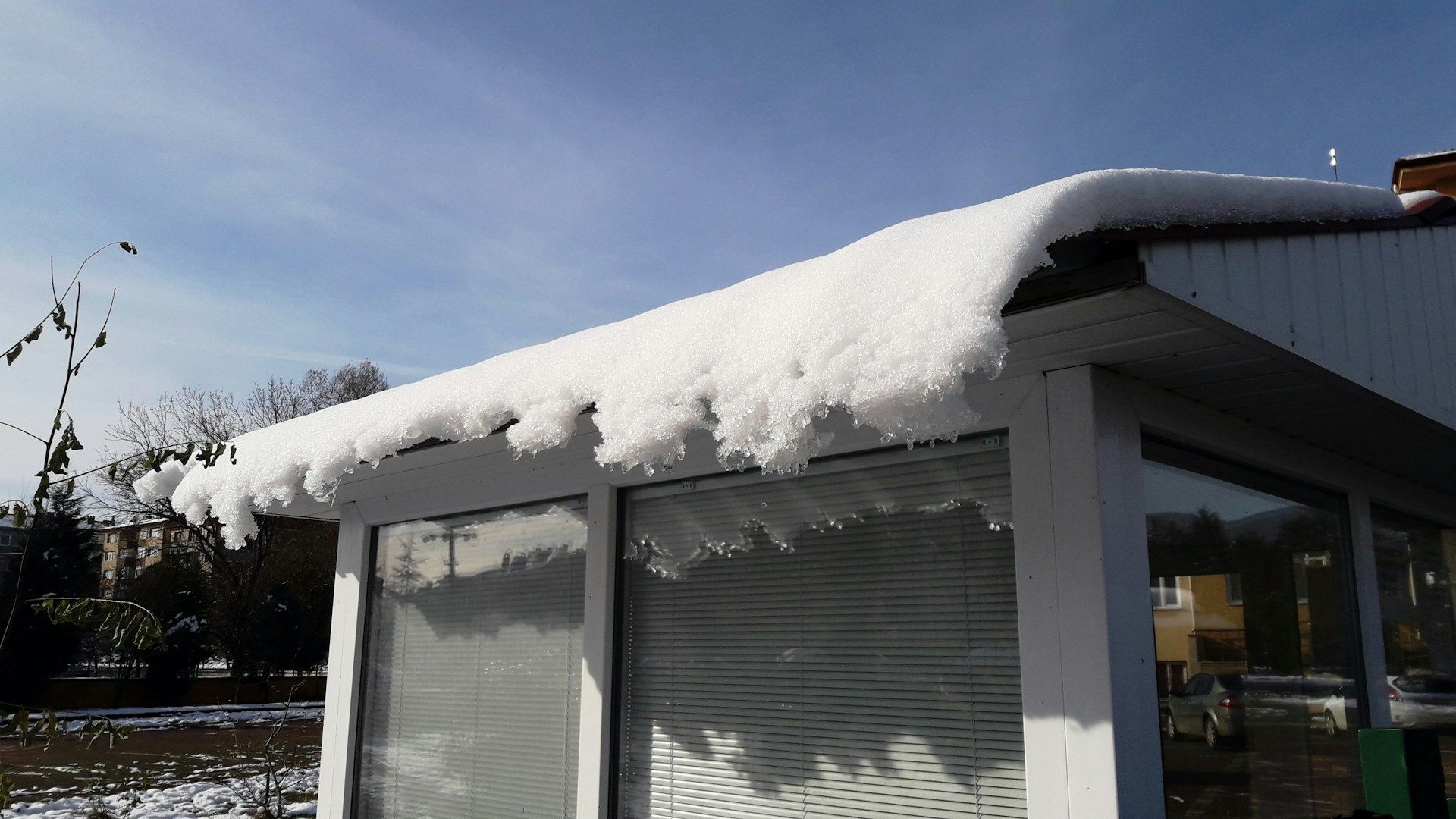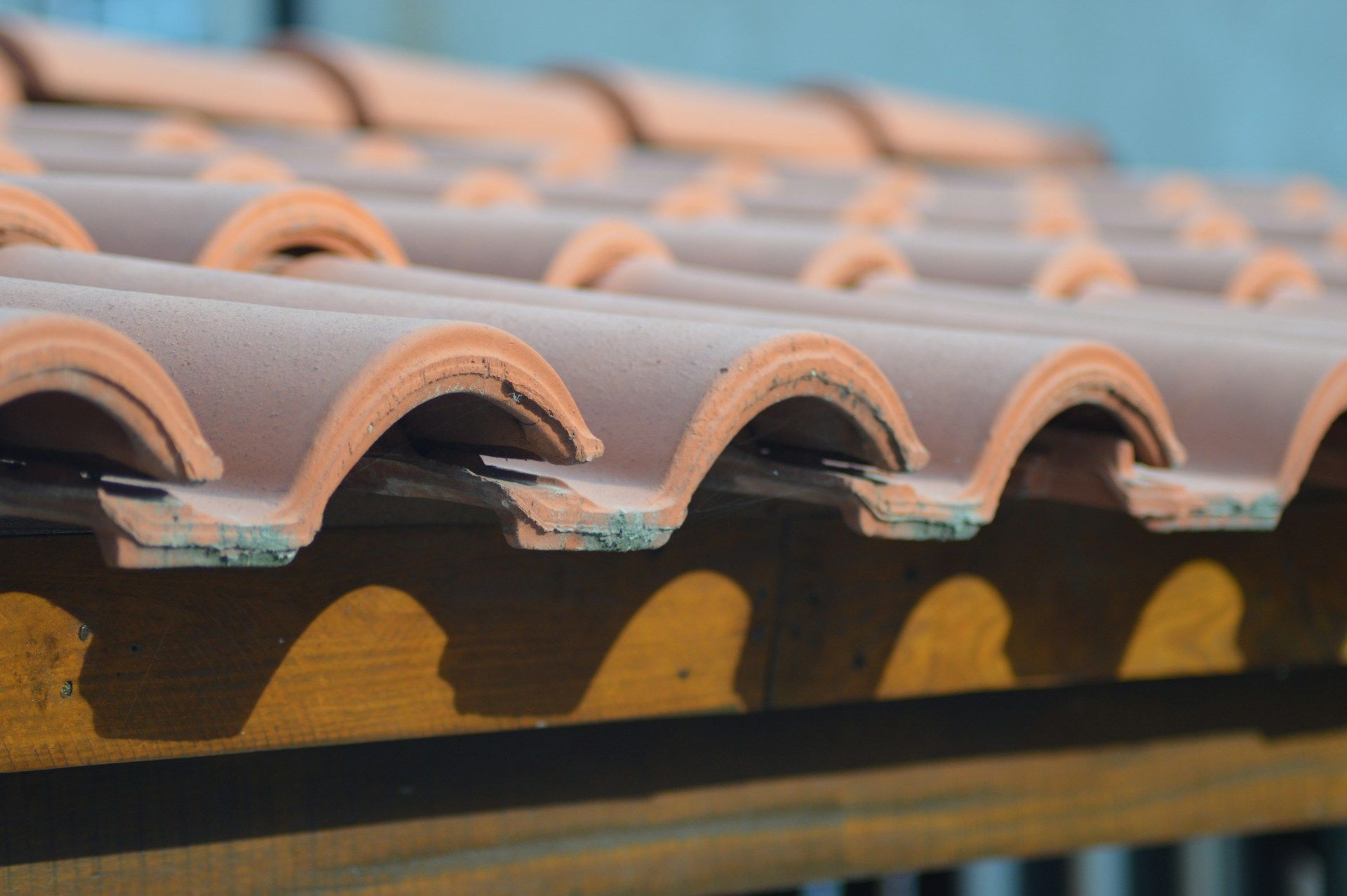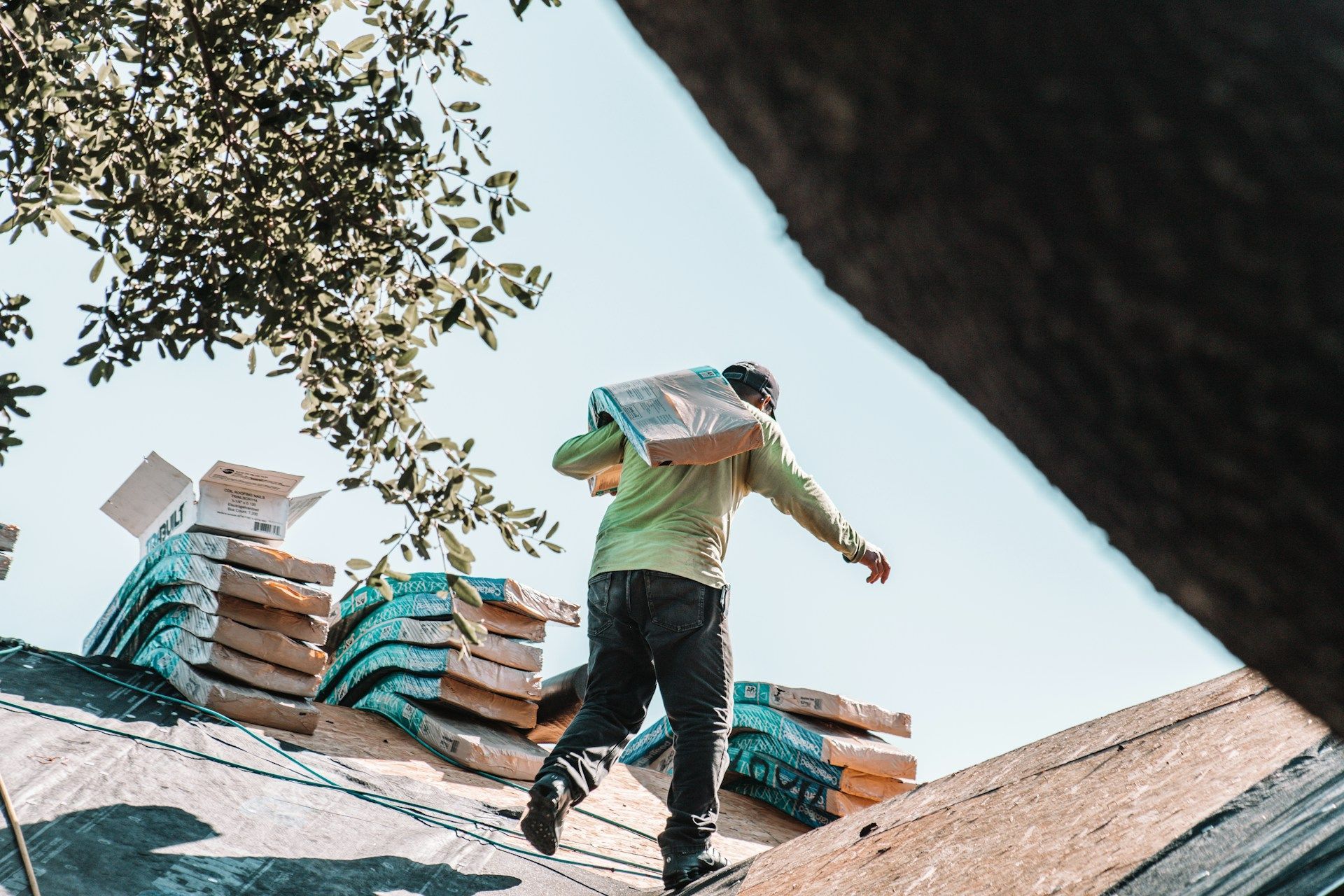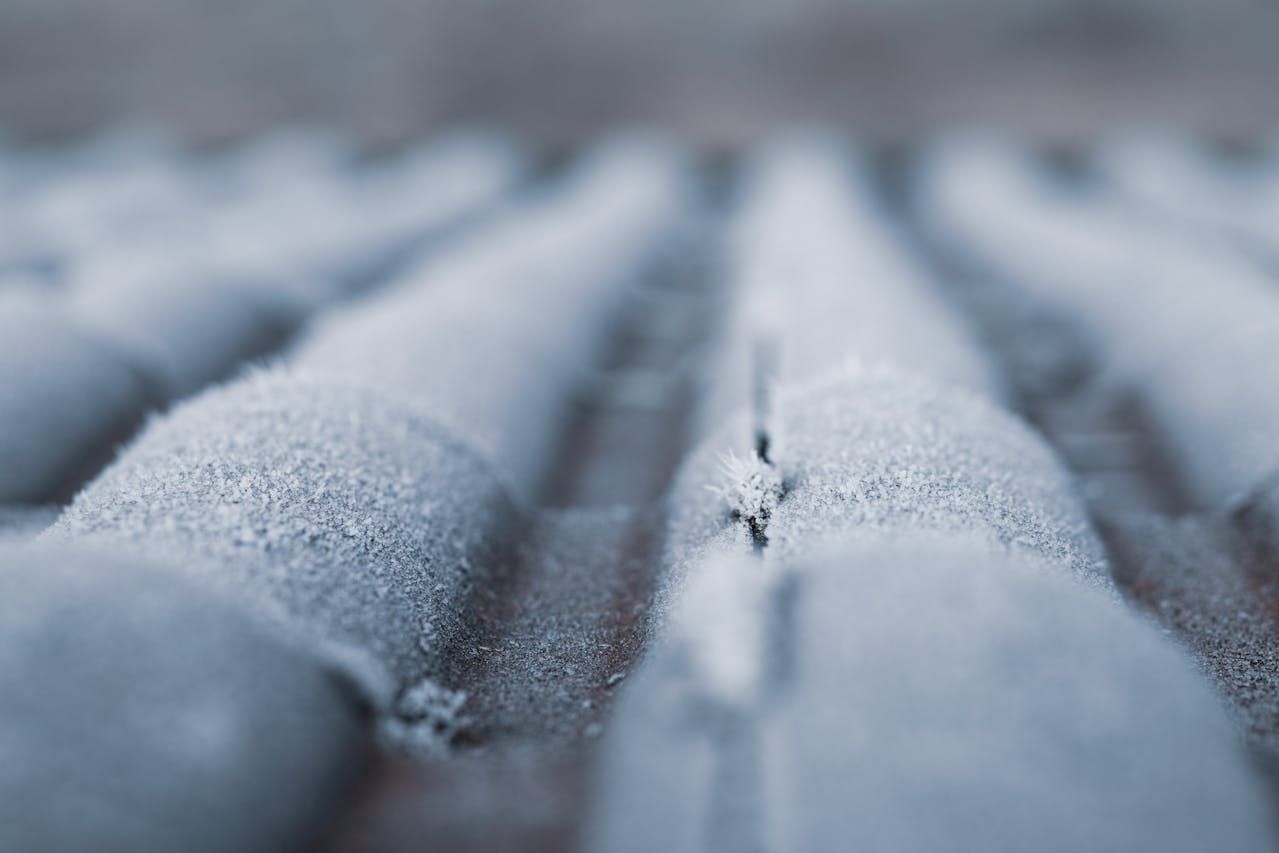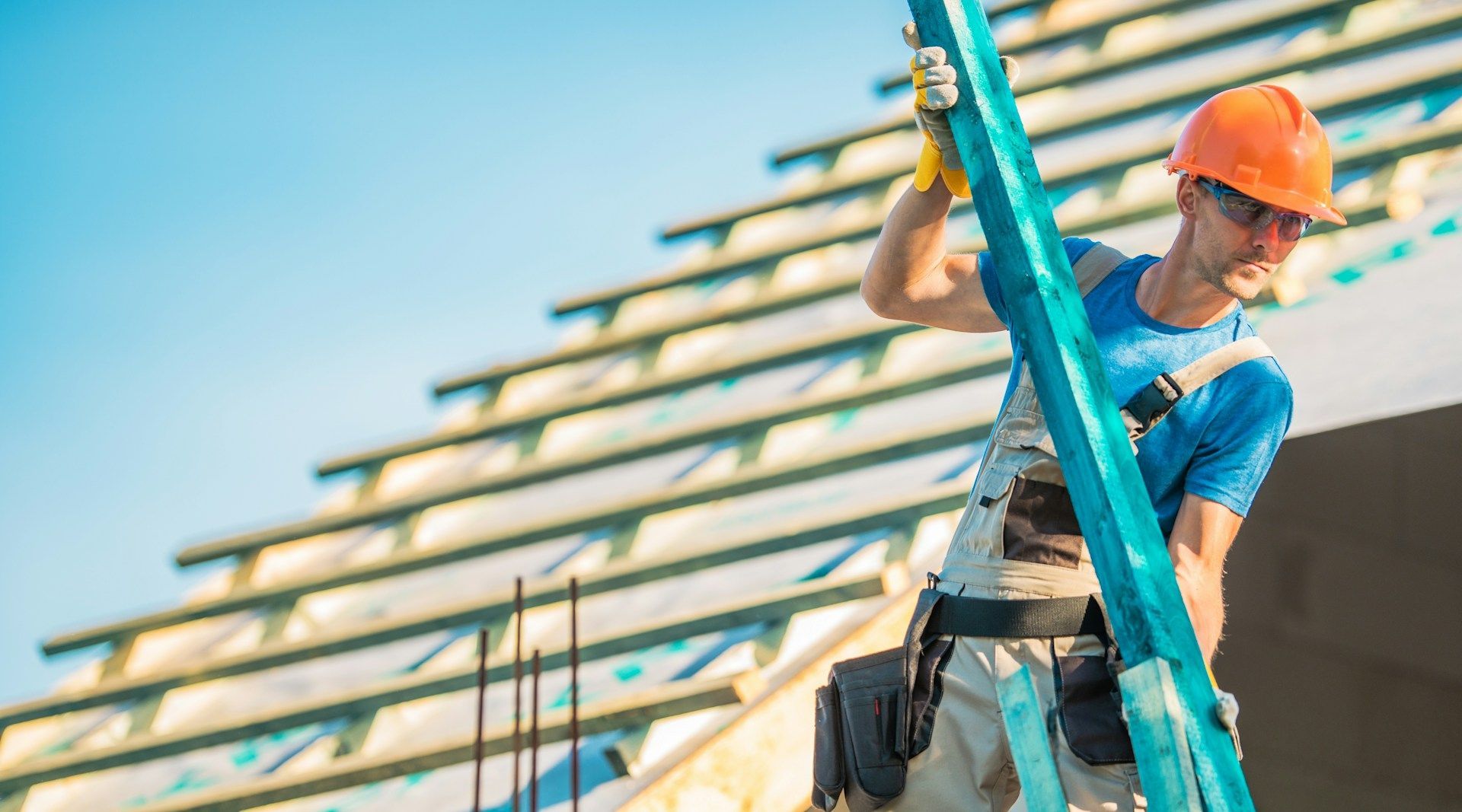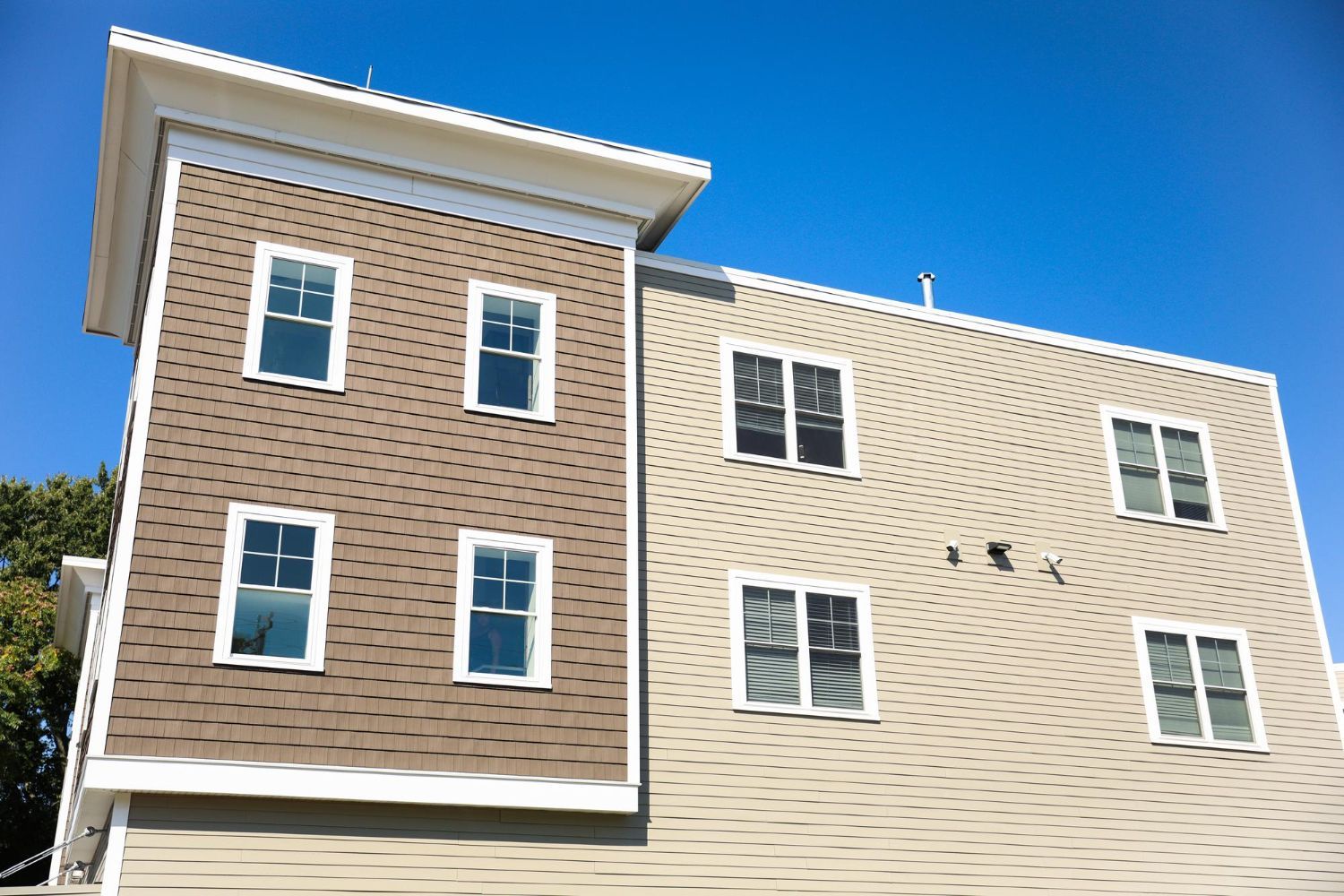Does Your Roof Need a Complete Tear-Off or Overlay
Roof replacements aren’t something most homeowners think about until water shows up in the attic, shingles begin curling, or a sagging spot raises concern. If you're faced with these signs, it's time to think about your options, and the first big decision is whether to go with a complete tear-off or a roof overlay. Each option has its benefits and drawbacks, and both can affect the outcome of your investment.
This decision matters even more in a place like Chicago. The city's rollercoaster of weather—from snow and ice in winter to heavy rain or heat in summer—can really do a number on any roofing system. Picking the right approach plays a big role in how long your new roof will last and how well it will stand up against the elements. It also impacts the overall cost and future maintenance of your roof installation services.
Understanding Roof Tear-Offs
A roof tear-off means removing every existing layer of material down to the plywood deck before installing new shingles and underlayment. Nothing is left to hide, which allows a roofing crew to inspect the decking, ventilation, and flashing. You're starting fresh with a clean slate.
There are some big advantages to doing a tear-off. First, it helps avoid masking any problems that would sit under new shingles. Contractors can fix damaged decking, add proper ventilation, and make sure the roof system is built to last. This route also tends to extend the life of the roof since you’re not building on top of old, possibly weakened materials.
A tear-off may be the better route when:
- There are already two layers of shingles on your roof
- The roof shows signs of structural damage, like sagging or soft spots
- Water damage is visible inside your attic or ceiling
- Shingles are cracking, splitting, or curling off
- You want the best lifespan and performance with minimal future repairs
That said, a full tear-off is more labor-intensive. Workers need to remove and haul away old materials, which means more time and usually higher costs. Still, those added expenses might save you down the line if hidden issues are caught early during the process.
Tear-offs are also a smart choice if your current roof is trapping moisture or wasn’t ventilated correctly. Ignoring these issues and layering over them only makes things worse and can speed up wear and tear.
Exploring Roof Overlays
A roof overlay skips the removal process. Instead, a new layer of shingles is installed directly over the old one, as long as the existing roof is in good condition and doesn’t already have two layers.
For many homeowners, the biggest attraction is cost. Overlays are less expensive because there’s less labor involved. No old shingles to take off or dump. In some cases, the job gets done faster, which means fewer disruptions at home.
You might choose an overlay if:
- Your roof only has one existing layer
- The structure is solid with no signs of sagging or moisture problems
- Existing issues are minor and limited to small areas
- You're working with a tight budget
- You're planning to live in the home short-term or just need a few more years from your current roof
But overlays aren’t perfect. The second layer adds extra weight, which can strain older structures. If moisture or damage is already present, an overlay might trap it, making things worse as time passes. Plus, you don’t get a chance to inspect what’s underneath. These problems could turn into major repairs if they go unnoticed too long.
A roof overlay is better suited for relatively healthy roofs showing only surface-level wear. It buys you time and saves money in the short run, but long-term performance could be compromised without a full inspection.
Key Factors to Consider Before Selecting a Roofing Method
Choosing between a tear-off and an overlay isn’t something to rush. Start by thinking about the actual condition of your roof. If it’s showing clear signs of damage—or even just feels uneven underfoot—it likely needs a full tear-off to deal with possible structural concerns.
Chicago weather is another big factor. Winters here can be brutal with snow piling high, followed by freeze-thaw cycles that force water into every possible gap. Roofs in Chicago need to stand up to all this, so any shortcut could lead to problems. During an overlay, it's harder for the roofer to check for things like mold, rot, or air circulation issues, which makes the method riskier in climates like ours.
Your budget and future maintenance plans matter too. While an overlay may cost less upfront, it can lead to more repairs over time if damage is hidden beneath the new shingles. If you're planning to stay put and want long-lasting results, investing more now can save stress and cash in the years ahead. If you're planning to move soon, an overlay might make sense—provided your current roof is up to the task.
Here are a few questions to ask yourself:
- Are there soft spots, leaks, or discoloration in the attic or ceilings?
- How many layers are currently on your roof?
- Can your structure handle the added weight of an overlay?
- Is your budget flexible enough for a strong long-term option?
- What's your timeline—do you plan to live in the home for a while or sell soon?
Getting these answers clears up which direction fits both your home's situation and your goals.
Why a Professional Opinion Makes a Difference
Even with all the basic information, it’s tough to make the right call without seeing what’s under the surface. That’s where a professional roofer becomes a key part of the process. In Chicago, working with a contractor who knows how the local weather affects materials and construction is a real advantage.
A good contractor won’t just look at the top layer. They’ll review the entire system—from the roof deck to the ventilation. They’ll spot signs of damage that the average person can miss and provide a full evaluation based on facts, not guesses.
The pros also know what your city code allows. Most places won’t permit layering more than two roofing systems, and if you’re already at capacity, your decision is made for you. Working with someone who understands what’s legal and safe keeps you away from costly mistakes.
If your roof is heading into winter with weak spots, you want it fixed properly the first time. A hasty decision based on cost alone could mean headaches when the snow melts or storms roll in. Having solid advice lets you feel confident about which route is best for your home.
Your Roof’s Future Depends on a Smart Choice
At the end of the day, the right answer depends on your roof’s condition and your long-term goals. A complete tear-off may cost more, but it gives you a clean base, extra durability, and more confidence going into Chicago’s unpredictable seasons. On the flip side, if your roof is still structurally strong and you’re keeping costs low, an overlay could be a quick win—so long as it’s done right.
Chicago roofs take a beating every month of the year. That means playing it safe now will pay off when wind, rain, heat, or snow test your home. The time to weigh your options is before the damage spreads or weather makes the decision for you.
Don’t leave it to chance. When you talk it through with someone who sees these problems daily, your next step becomes clearer. The path forward starts with understanding what’s happening on your roof right now—so you can make a call that keeps your home protected in every season.
Selecting the right roofing solution for your Chicago home is important, especially with the city's changing weather patterns. When you're ready to make your decision, trust Region Roofing & Remodeling for expert guidance. Our team is committed to ensuring your roof serves you well for years to come. For more details about our
roof installation services and how we can support your home's needs, we're here to help you make the best choice for your home and budget.
